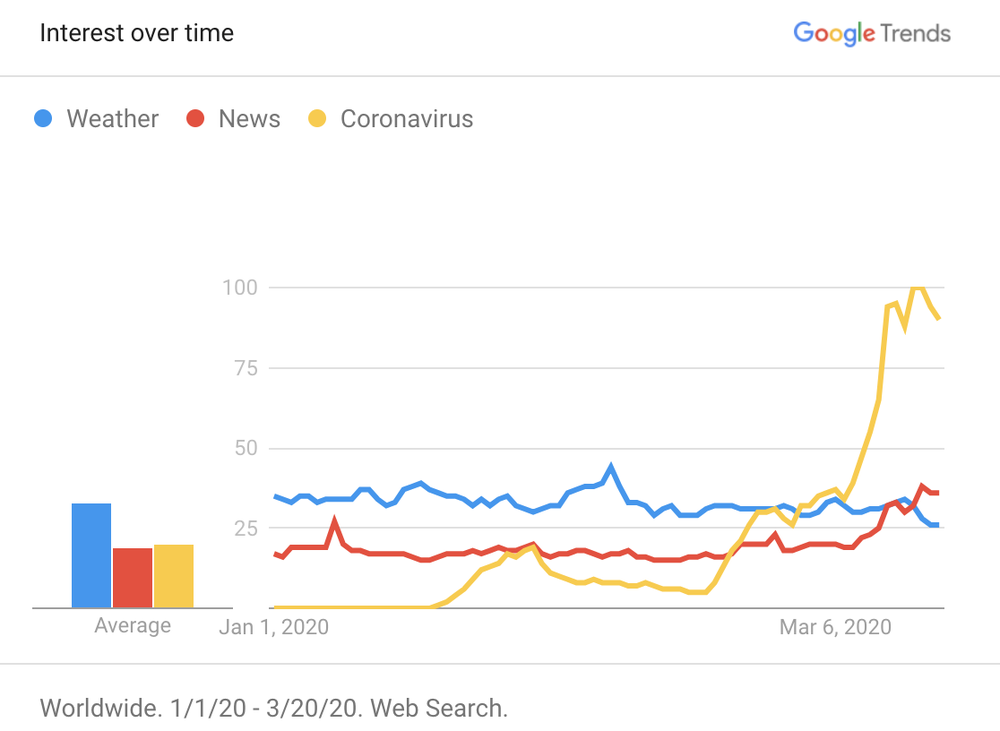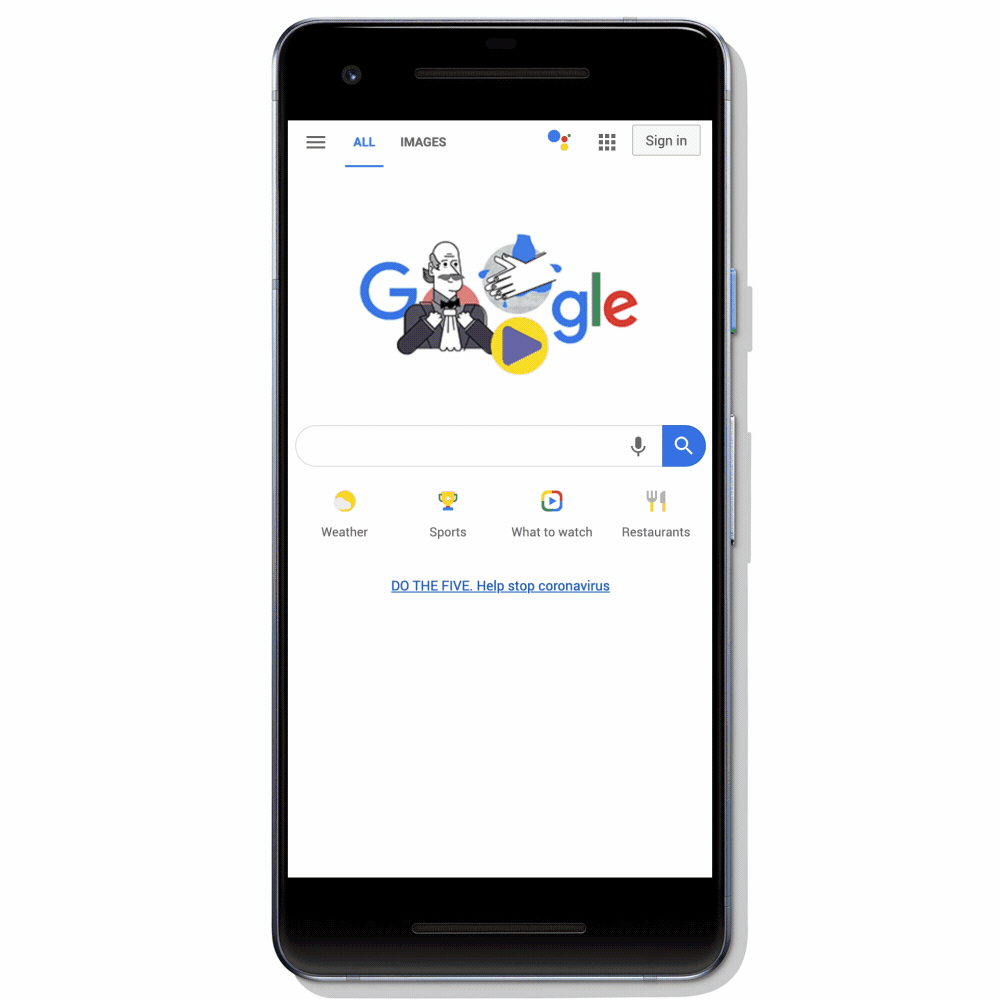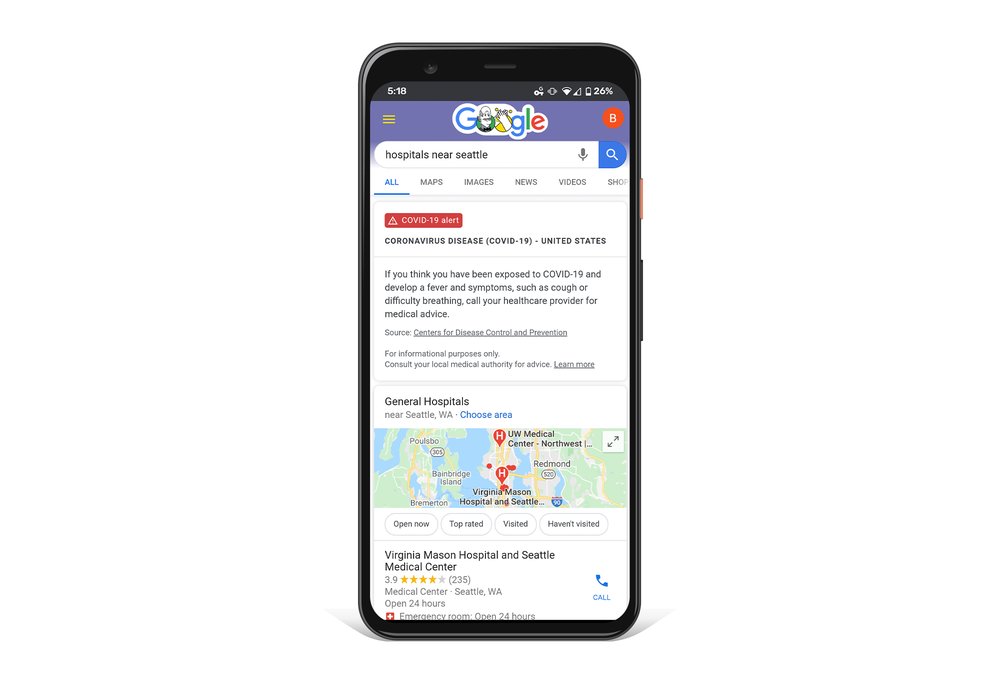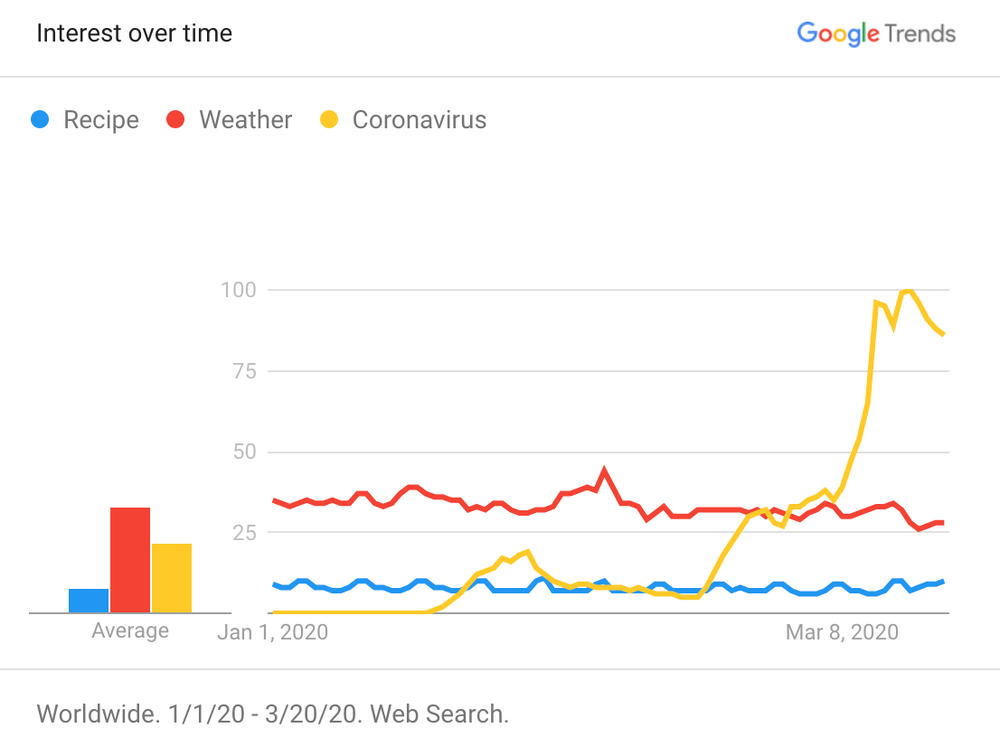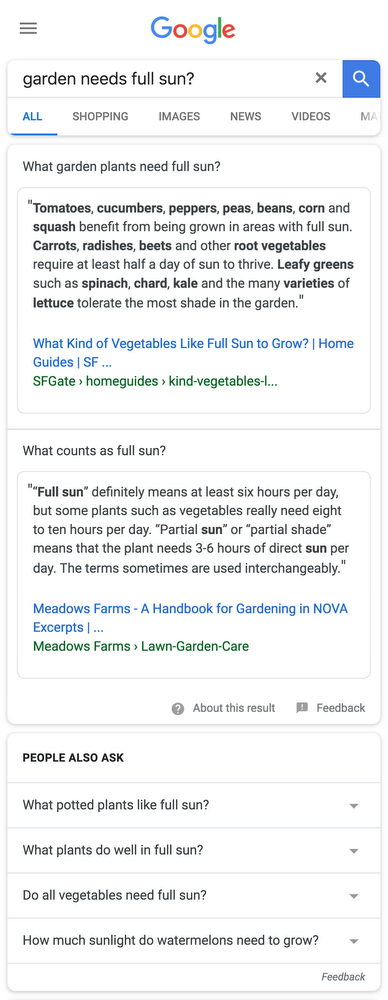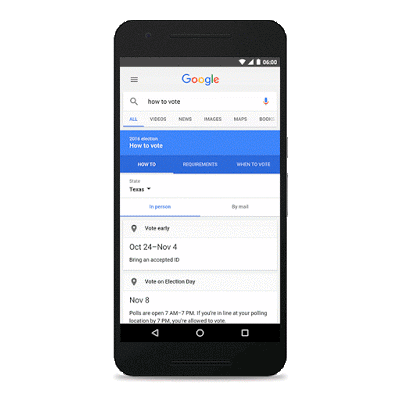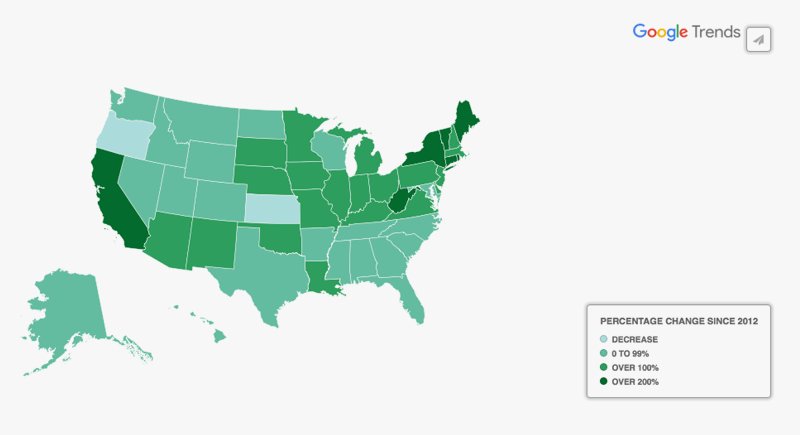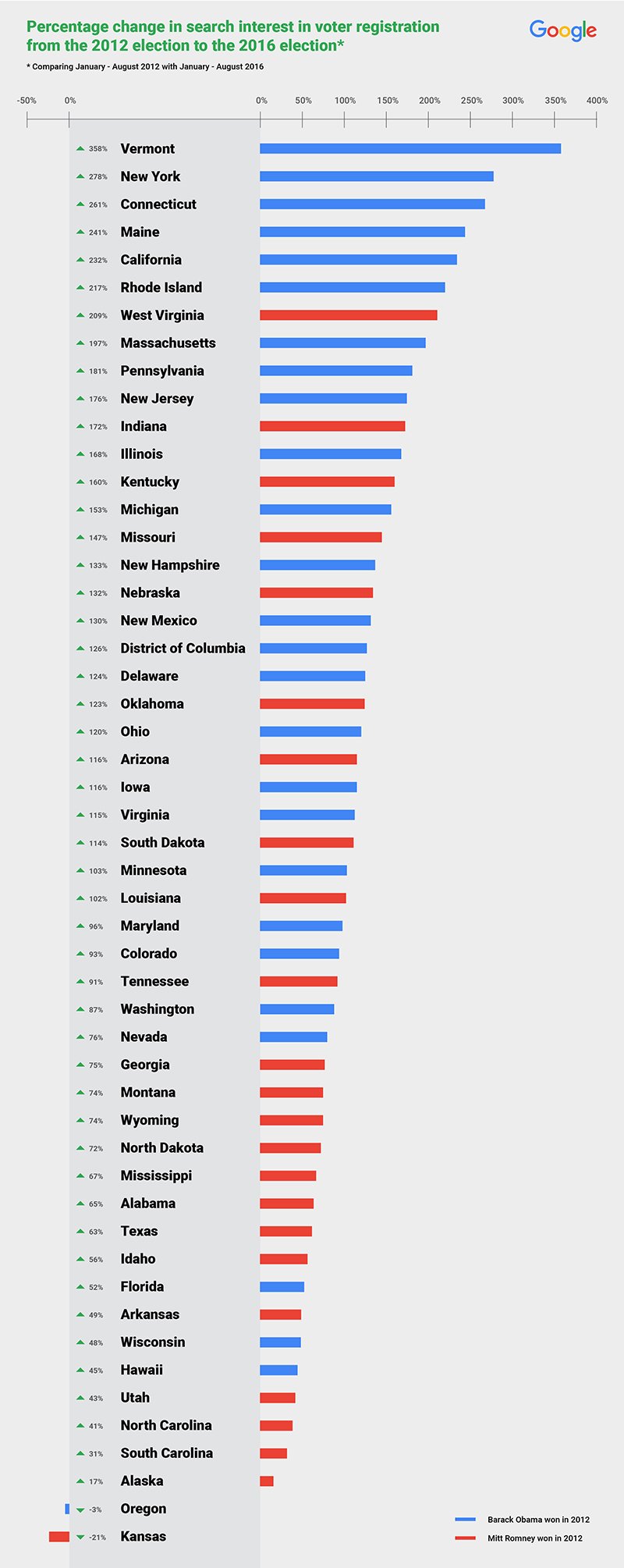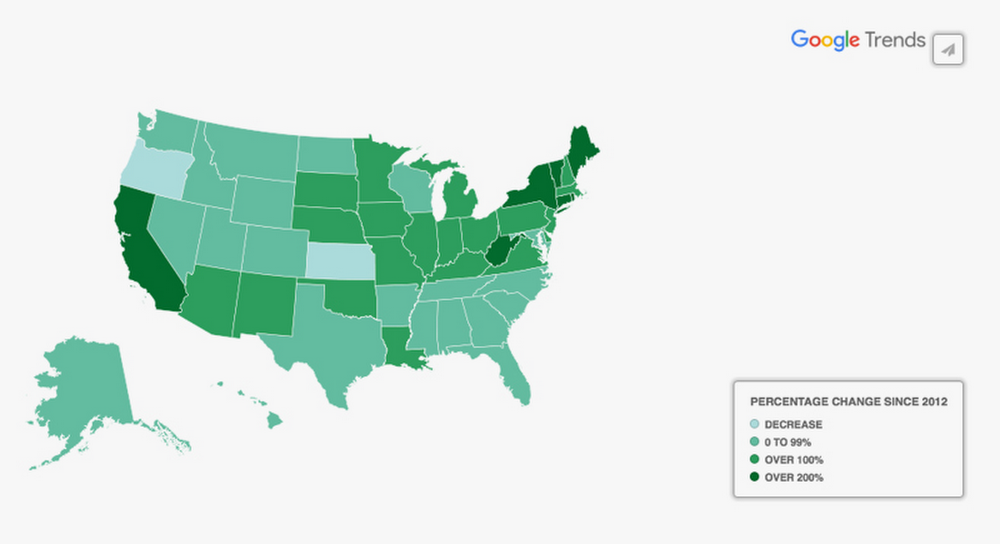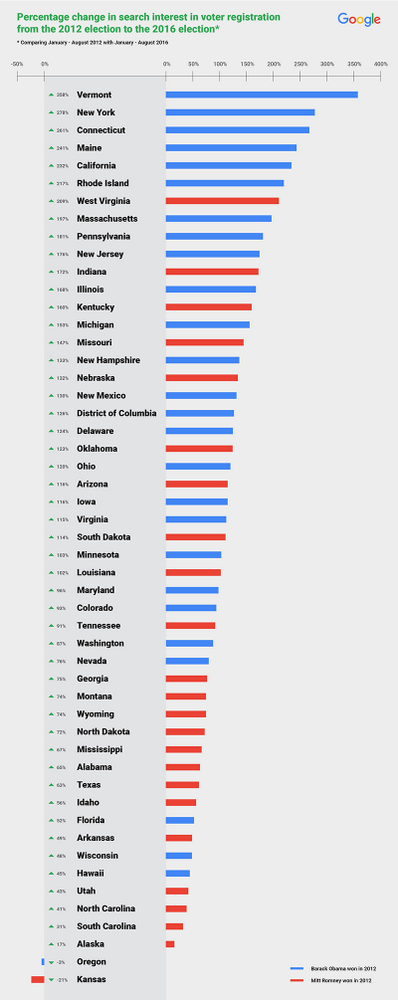Amid a year of uncertainty, upheaval and adjustment to a new way of life, the world had a lot of questions. And we did our best to help people understand the changing world around them, launching more than 4,000 new features and improvements to help people find high quality, reliable information in Google Search. Here are some of the ways Search evolved this year to help people make sense of everything that happened in 2020.
Respondingto a rapidlychangingworld
When the world began to change without warning, we launched a new COVID-19 Search experience so people could more easily access information and resources from health authorities. Tools such as wildfire mapping and earthquake early warning anticipated what became some of the year’s most common and pressing questions such as “fires near me” and “earthquake near me.” And with all of the year’s crises and stressors, we saw a rise in searches like “how to help someone having a panic attack.” So, if you’re searching for more information on anxiety, you can now access a clinically-validated questionnaire called the GAD-7 (Generalized Anxiety Disorder-7) directly from Search.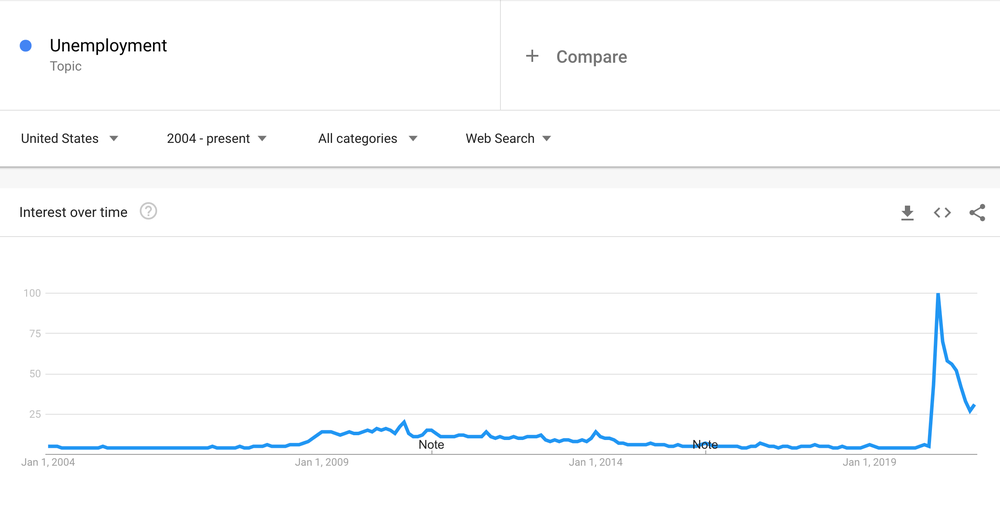
Searches for “unemployment” reached an all-time high in April.
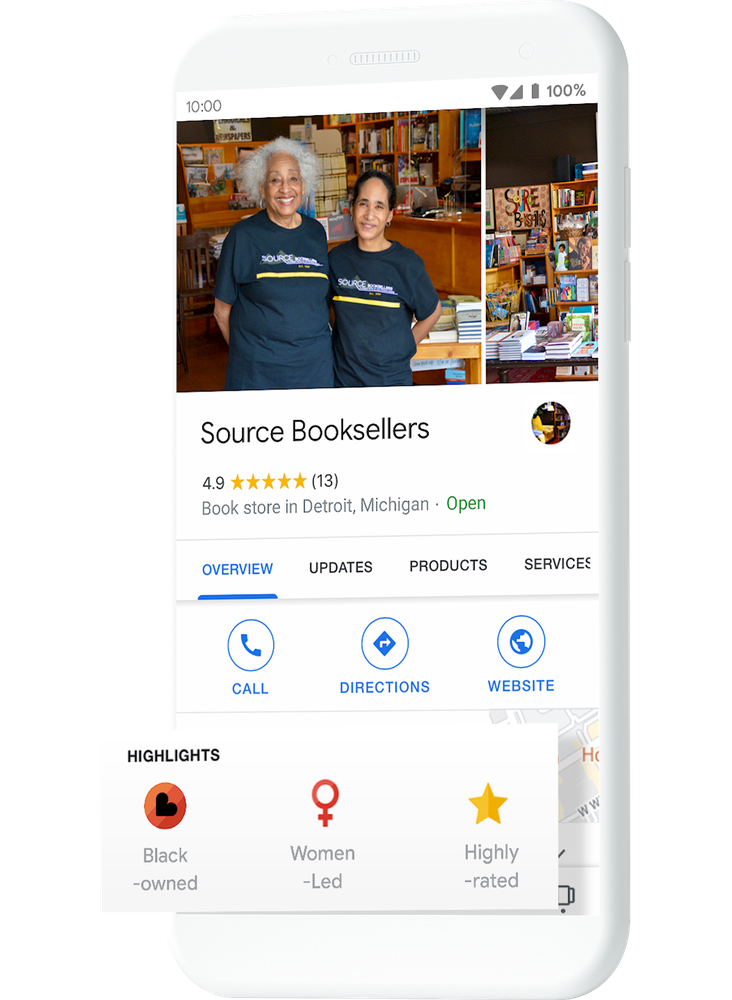
Adjusting to a new way of living
A lot of you wanted clarity on “social distancing,” so we got to work keeping you safely social and entertained. Popular times and live busyness information helped you make informed decisions about when to safely visit your favorite restaurant or store. And while you probably couldn’t make it to your local yoga studio for a while, businesses let you know, with Reserve with Google, when they offered online appointments and classes. And with interest in “black-owned businesses” skyrocketing by over 2,100 percent this year, you were able to find and support your local Black-owned businesses on Search and Maps.
For those of you staying indoors, what to watch helped you navigate endless streaming options, and when you searched for “virtual museum tours” we delivered. For those seeking a “virtual classroom,” we introduced new Lens features to provide a friendly assist with math homework and more.
While 2020 was no doubt a trying time for all, we hope we were able to help you find the information you needed to keep yourself and your family happy, healthy, and safe.
